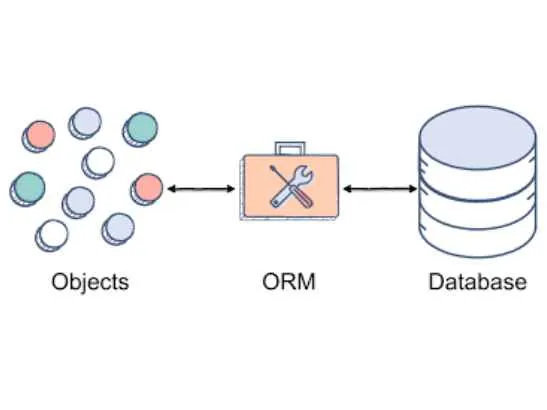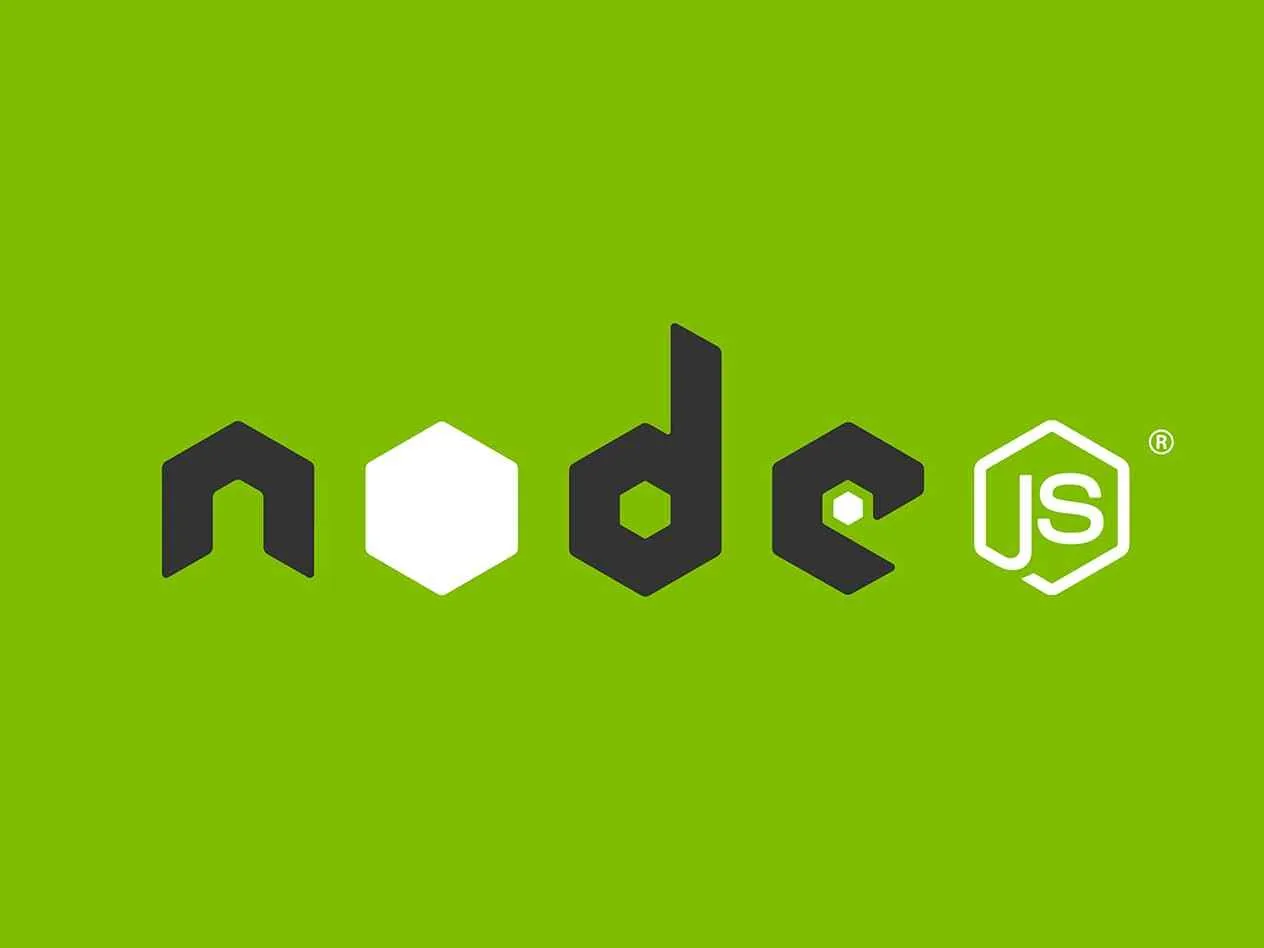Next.js 15.2 comes with a plethora of new features that boost development convenience and make applications run at a faster pace. Here's an in-depth look:
Node.js Middleware
- What it is: Replacing the previous Edge Middleware limitations in Next.js, Node.js Middleware enables the direct use of the full Node.js environment.
- Advantages:
- Highly flexible: Allows unrestricted use of various Node.js libraries. For instance,
jsonwebtokencan be used for user authentication, andpgfor connecting to a PostgreSQL database. - Simplified authentication: Streamlines the authentication process by providing direct access to various Node.js authentication libraries.
- Easier database integration: Enables direct connection and operation with databases like MongoDB and MySQL.
- Convenient debugging: Facilitates the use of familiar Node.js debugging tools.
- Highly flexible: Allows unrestricted use of various Node.js libraries. For instance,
- Code snippet:
// middleware.jsimport { NextResponse } from 'next/server';import { jwtVerify } from 'jose'; const secret = new TextEncoder().encode(process.env.JWT_SECRET);export async function middleware(request) { const jwt = request.cookies.get('token')?.value; if (!jwt) { return NextResponse.redirect(new URL('/login', request.url)); } try { await jwtVerify(jwt, secret); return NextResponse.next(); } catch (error) { return NextResponse.redirect(new URL('/login', request.url)); }}export const config = { matcher: ['/dashboard/:path*'], };This code demonstrates using Node.js middleware to protect the /dashboard route, ensuring only users with a valid JWT can access it.
Enhanced Error Debugging Interface
- What it is: The error prompt interface has been revamped, offering clearer error messages and more interpretable stack traces.
- Benefits: Helps in quickly identifying and fixing bugs, thus saving development time.
- Specific improvements:
- More detailed error messages: Provide explicit information about the error location and cause.
- Visualized stack traces: Make it easier to trace the origin of the error.
Streaming Metadata
- What it is: Previously, page metadata (such as titles and descriptions) would cause page freezing if not fully loaded. Now, the page can be rendered while metadata is being loaded.
- Advantages:
- Faster loading: Users can view the page without waiting for all data, improving the user experience.
- Ideal for dynamic data pages: For example, on an e-commerce product detail page, product info can be shown first, followed by SEO-related metadata loading.
Performance Boost in Turbopack
- What it is: Turbopack, the build tool for Next.js, has become faster and more resource-efficient.
- Performance stats:
- 57.6% faster compilation speed: Accelerates the build process, significantly enhancing development efficiency.
- 30% less memory usage: Ensures smoother computer operation, especially beneficial for large projects.
- Benefits: Results in a better development experience, quicker build times, and reduced computer load.
React View Transitions (Experimental)
- What it is: A newly introduced React view transition API that makes page transitions more seamless.
- Advantages: Page transitions are no longer jarring jumps but feature animation effects, enhancing the user experience.
- Note: This feature is in the experimental phase and may be subject to changes.
Static Route Indicators
- What it is: Next.js can now show which routes are static and which are dynamic.
- Benefits: Simplifies understanding of how the application functions and aids in performance optimization.
In summary, Next.js 15.2 significantly elevates development efficiency and application performance. With its flexible Node.js middleware, user-friendly error debugging, faster Turbopack, and smoother React view transitions, Next.js is well-suited for diverse application scenarios.



